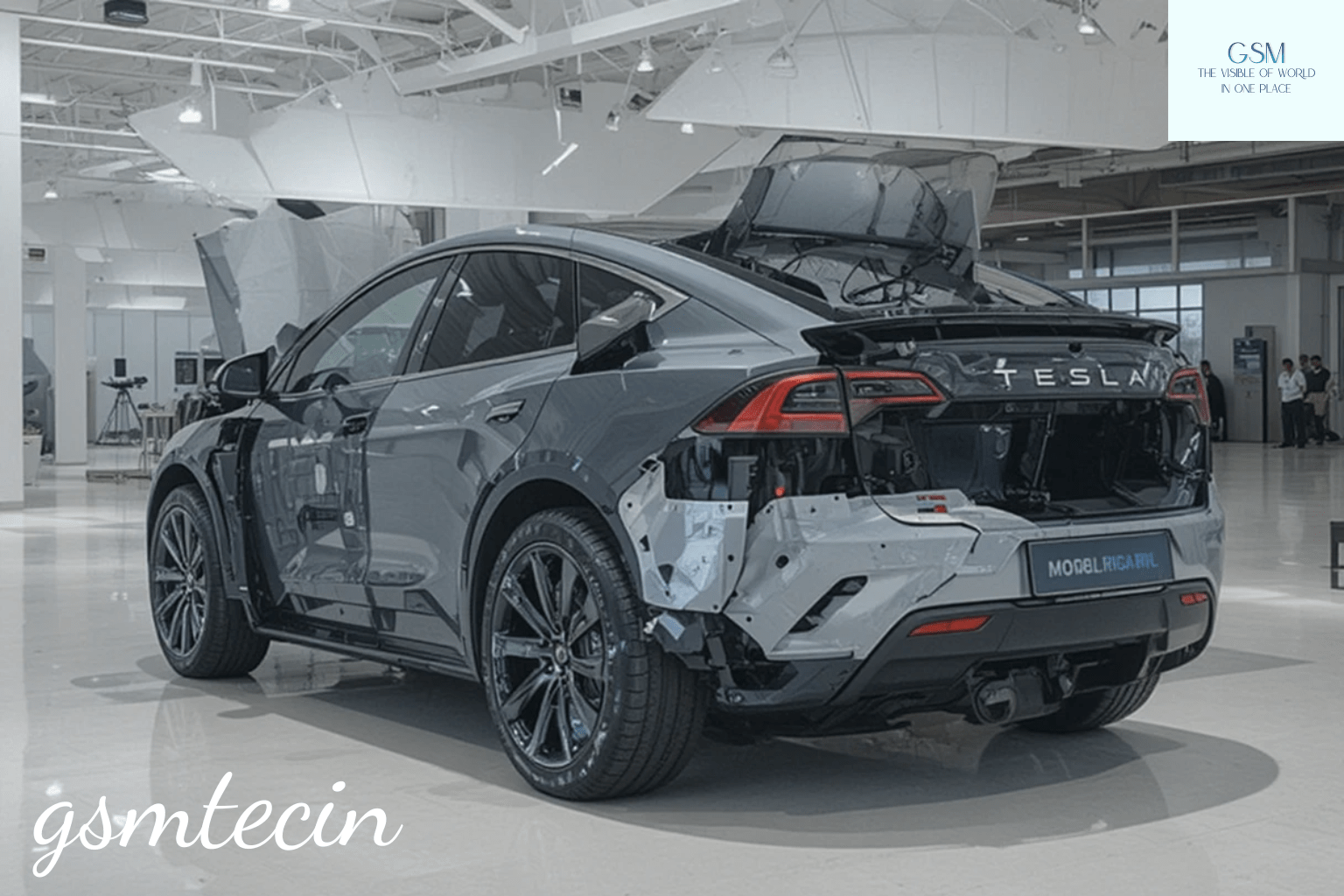EU Lets Up On The Car Emission Regulations, Gives Car Makers More Room In Transitioning To EVs
The European Parliament has recently voted in favor of loosening CO2 emission constraints for new cars and vans, marking a notable change in the European Union’s stance on environment regulation in the automobile industry. This permits car manufacturers to comply with an average fleet emission cap over a three year period from 2025 to 2027 instead of meeting strict annual targets. The measure, which aims to ease the automaker’s financial and logistical burdens, shifts greater industry recognition of the struggles during the transition to electric vehicles (EVs).
The newly approved plan offers license to offset compliance burdens for years with lower performance grades, thus providing some relaxation and lowering the chances of severe fines for breaching set yearly limits. Previously, failure to meet emissions caps set for each year came with hefty financial penalties. Stretching the compliance window over three years gives companies a cushion to offset potential poor performance in one year with improvement in the other two.
A Strategic Compromise
The decision comes in the wake of doubts raised by industry players regarding the viability of accelerated decarbonization, particularly given that supply chain disruptions, economic constraints, and volatile demand for electric vehicles have raised questions. Automakers claim that EV development and upscaling take longer and involve considerable investment in infrastructure, such as charging networks and battery plants. Others also point out the uneven level of preparedness of various regions within the EU to accommodate EV uptake.
This is viewed as a strategic balance between upholding environmental objectives and ensuring economic stability in a prominent industrial sector. The car industry is among the largest employers and contributors to GDP in Europe, and it is exposed to harsh global competition from U.S. and Chinese automakers. Policymakers in Brussels recognize more than ever that overly ambitious regulation threatens to inadvertently undermine competitiveness and innovation.
A Step Back or a Smart Adjustment?
Industry champions have also received the move positively, but environmentalists have raised alarm, considering the ease a retardant to the EU’s general climate objectives. Climate campaigners feel the move is the wrong message at the wrong time when the world must slash carbon emissions significantly. The transport sector contributes almost 25% of the EU’s greenhouse gas emissions, and road transport is a significant source.
Supporters of tighter controls argue the three-year averaging period will enable manufacturers to go on making higher-emission vehicles for a longer period of time, thus inhibiting the momentum towards zero-emission transport. They urge that if there is not enough pressure, the transition to EVs will be behind the EU goal of stopping sales of new internal combustion engine cars by 2035.
However, EU regulators who backed the step argue the long-term intentions are still firm. The easement is interim and meant to provide a transition that is smooth, not dismantle climate pledges. By enabling vehicle manufacturers to be able to schedule production cycles in a better fashion, invest more in new tech, and better deal with the economic ups and downs, the step may promote a more efficient and sustainable move toward cleaner mobility.
Automaker Responses and Planning Ahead
European automakers as a whole have reacted positively to the shift. Volkswagen, Stellantis, and BMW have reaffirmed their commitment to electrification but have stressed the importance of pragmatic policy agendas that account for market realities. They point to barriers like increasing raw material costs, underdeveloped charging networks, and inconsistent government incentives among EU member states.
Other carmakers are also working through consumer distrust of EVs, particularly in poorer areas where pricing and charging availability are still significant hurdles. The three-year period to comply makes it possible to roll out electric vehicles more strategically, while still offering conventional combustion engine vehicles without short-term penalty.
Simultaneously, producers are making more investments in hybrid technologies and investigating synthetic fuels as bridging technologies. The EU policy shift may promote a more diversified emissions-cutting strategy instead of solely depending on EVs in the short term.
Legislative Context and Wider Policy Environment
The eased emission target regulation is part of a wider review of the EU’s climate and energy policies within the “Fit for 55” package, aiming to reduce greenhouse gas emissions by at least 55% by 2030 against 1990 levels. This comprises comprehensive reforms in the energy, industry, and transport sectors.
Although the EU is still one of the world’s leaders in climate policy, its institutions have demonstrated a readiness to adjust timelines and mechanisms in the face of powerful economic and political headwinds. The significance of the automotive sector to the EU economy—and its intricate global supply chains—means that regulatory flexibility is occasionally required to avoid unintended economic effects.
In addition, the EU is being pressured to align its climate policy with industrial policy. With the U.S. providing significant subsidies under the Inflation Reduction Act and China quickly expanding its leadership in EV manufacturing, European leaders are weighing green goals against the necessity to safeguard domestic industries and jobs.
Looking Ahead
Even with the temporary relaxation, the EU is not backing away from its long-term goal of decarbonizing transportation. The 2035 phase-out of new combustion engine car sales is still in the lawbooks, and manufacturers still have to cut emissions sharply over the next decade. The temporary adjustment is less an indication of a shift in direction than a nod to transitional realities.
Critically, this will hinge on simultaneous investment in clean energy, infrastructure, and supply chains. For the success of the EV transition, the EU needs to continue financing the production of batteries, modernizing power grids, and promoting the fair distribution of charging points throughout all regions.
Overall, the European Parliament’s choice of permitting a three-year compliance time for CO₂ emissions targets is a pragmatic if contentious readjustment of climate policy within the automotive industry. Though it might retard near-term emissions cuts, the policy is intended to facilitate a smoother, more stable transition toward the EU’s long-term environmental goals. Finding the balance between climate ambition and economic resilience is still one of the biggest challenges in the green transition—and this measure is a prime example of that balancing act in practice.





Nice information in article